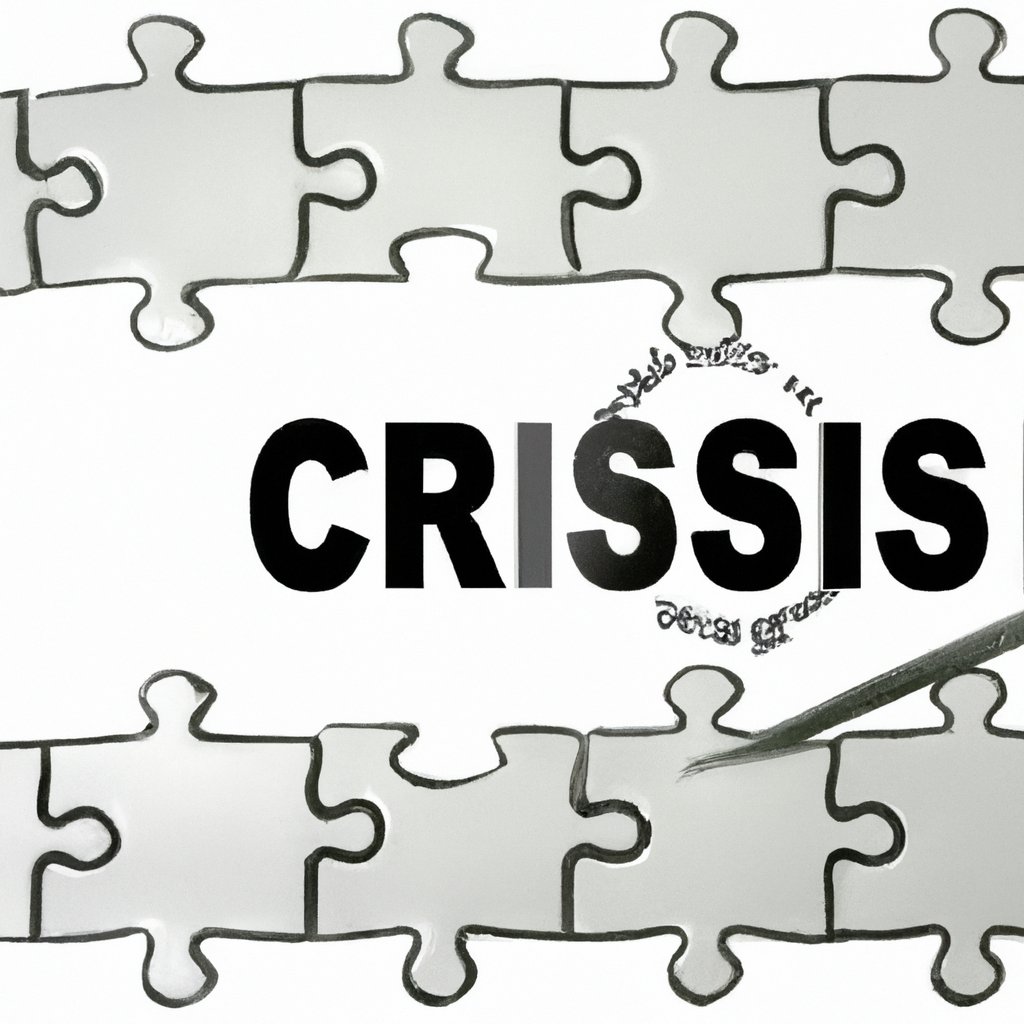Hey there, fellow crisis managers and curious minds! Today, we’re diving into a topic that’s super relevant in our fast-paced world: integrating digital tools into your crisis management plan for better responsiveness. Now, I know some of you might be thinking that crisis management is all about having thick binders filled with emergency protocols. But trust me, bringing digital tools into the mix can really up your game.
Let me start with a little story from my own life. A few years back, I was working with this non-profit organization that was all about helping out during natural disasters. We were doing fine—at least we thought so—until one day, a massive storm hit unexpectedly. Our team was scrambling to keep up with the flood of information coming from different sources: social media posts, emails from local authorities, phone calls—it was nuts! It felt like trying to drink from a fire hose.
That experience taught me something crucial: relying solely on traditional methods just wasn’t cutting it anymore. So, we decided to shake things up and bring some digital tools on board. And boy, what a difference it made!
First off, we started using real-time communication platforms like Slack and WhatsApp for instant updates among team members. Imagine having everyone in the loop at lightning speed without having to wait for those endless email threads or return phone calls! This alone helped us cut down response times significantly.
I remember during another storm (because apparently Mother Nature had a vendetta against us), we got an alert through our digital system about rising water levels before any official announcement came through the usual channels. Thanks to that heads-up, we managed to get our volunteers ready and supplies sorted way quicker than before.
Another tool that’s been a game-changer is using mapping software like Google Maps or specialized apps designed for crisis management. They help in tracking everything—from affected areas to where our teams are stationed—in real time. I once heard from another manager who used these maps during an earthquake response effort; they could quickly identify which roads were blocked and reroute resources accordingly.
And let’s not forget social media monitoring tools! Platforms like Hootsuite can keep tabs on what’s being said online so you won’t miss any critical updates or distress signals from people who need help ASAP. In one instance (and this one’s kinda heartwarming), someone tweeted about their elderly neighbor being stuck without electricity after a hurricane hit their town—and because we caught wind of it early thanks to these tools—we were able to send someone over promptly with essentials and get them safe.
Now here’s the thing—not every tool works perfectly right away; there might be hiccups as everyone gets used to new systems—or maybe some resistance because folks aren’t always keen on change (I’ve seen plenty!). But patience pays off big time here; investing time upfront saves tons down line when crises strike again—which let’s face it—they will eventually!
It’s also worth mentioning how important training becomes when introducing tech solutions into plans—you want everyone comfortable enough using them under pressure since emergencies aren’t exactly stress-free environments where learning curves feel fun!
To wrap up my rambling thoughts today—I genuinely believe that integrating digital tools isn’t just smart—it feels necessary nowadays if staying responsive matters—which spoiler alert—it does BIG TIME!! So give ‘em try—test drive few options see what fits best—but most importantly stay adaptable cuz world keeps changing—and so should our strategies!!
Hope ya found this helpful—or at least mildly entertaining—let me know how y’all incorporate tech in YOUR crisis plans below!!
Until next time,
[Your Name]
